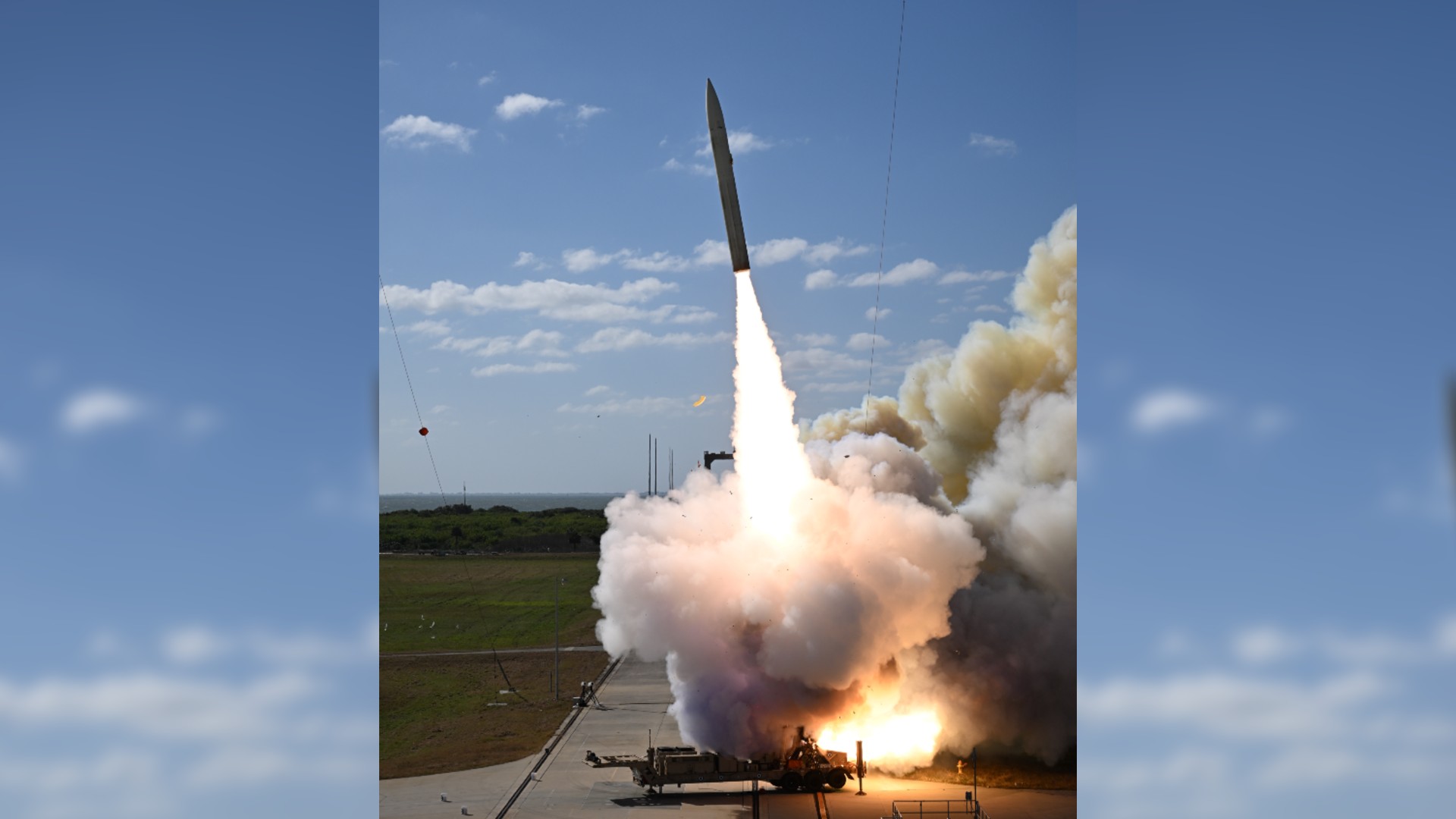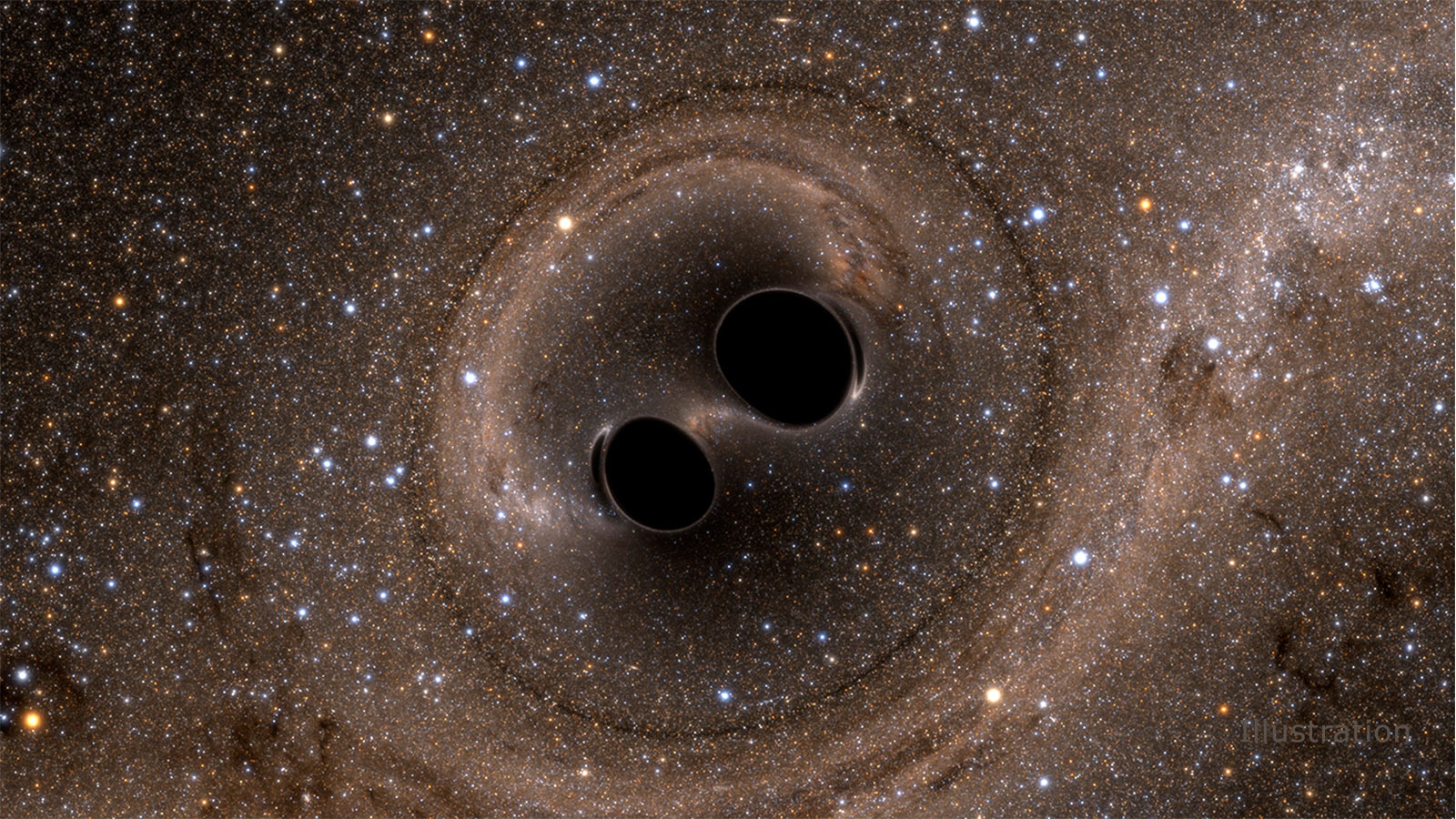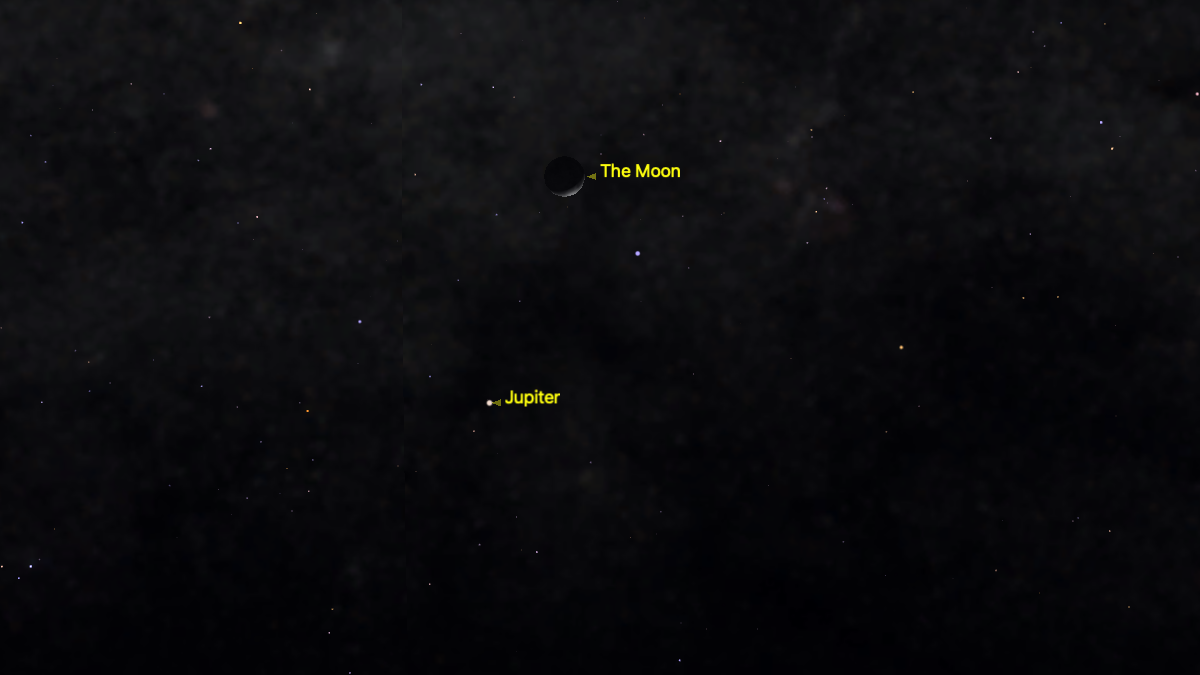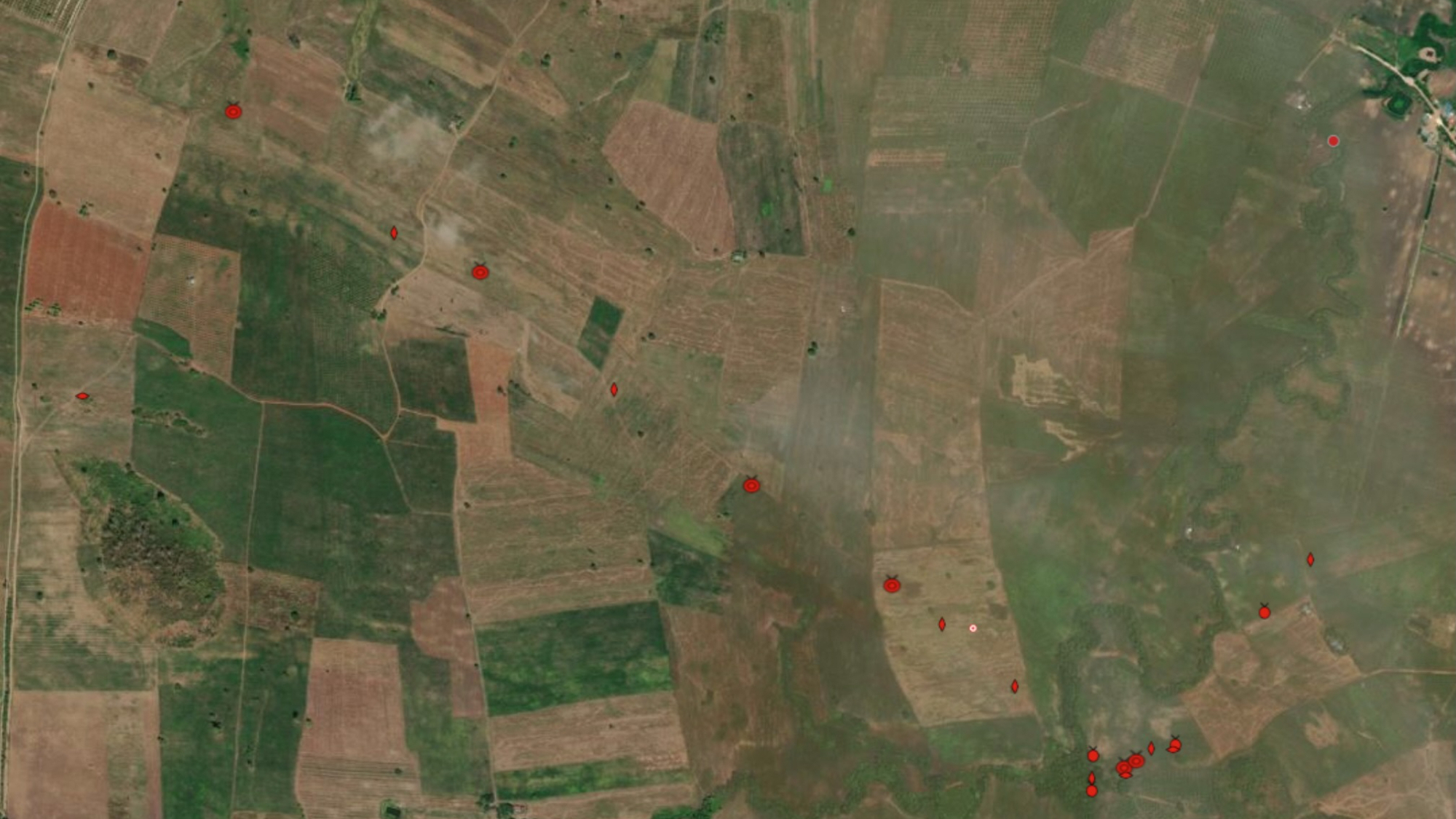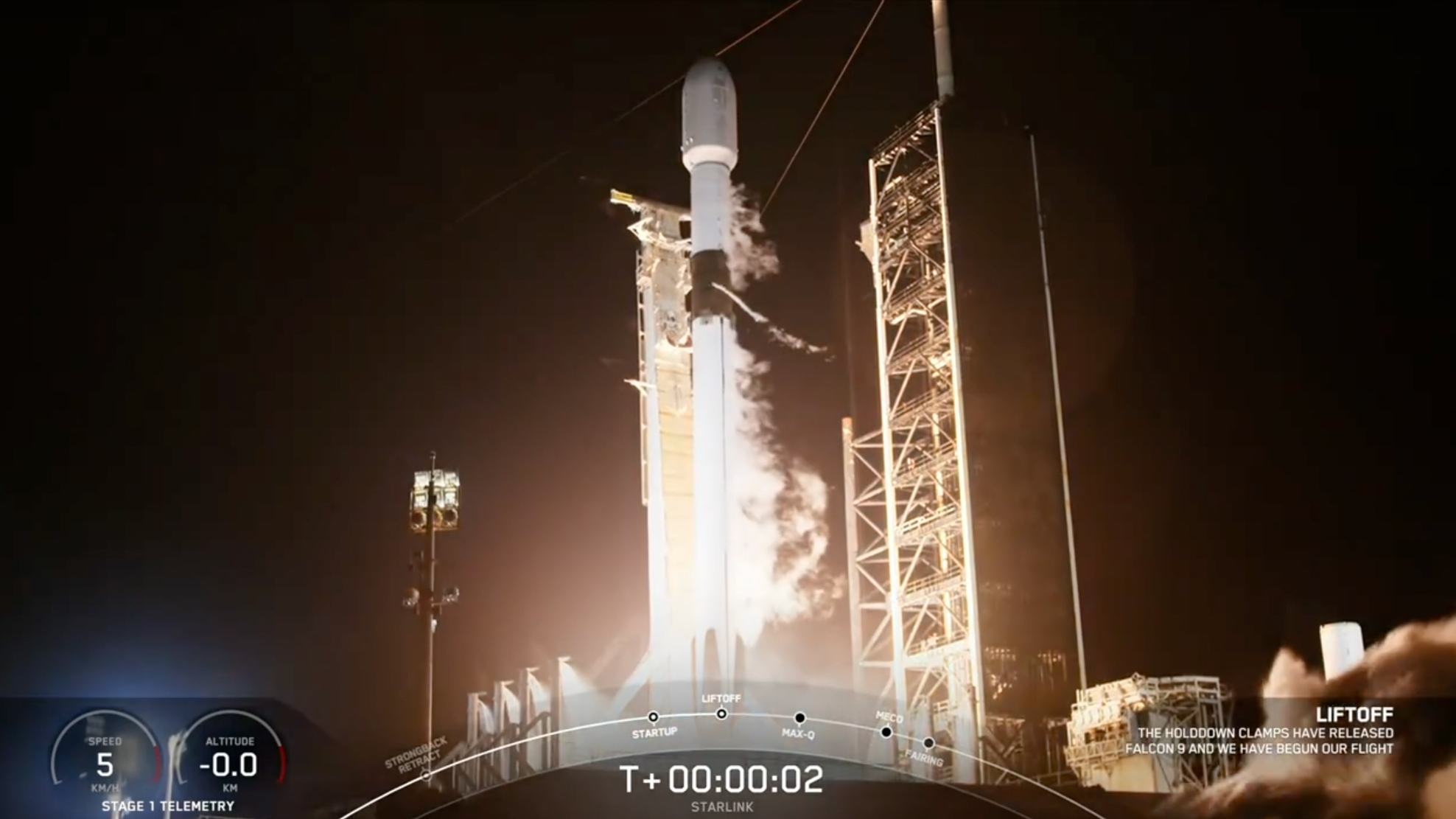
UK Space Agency Unveils National Strategy
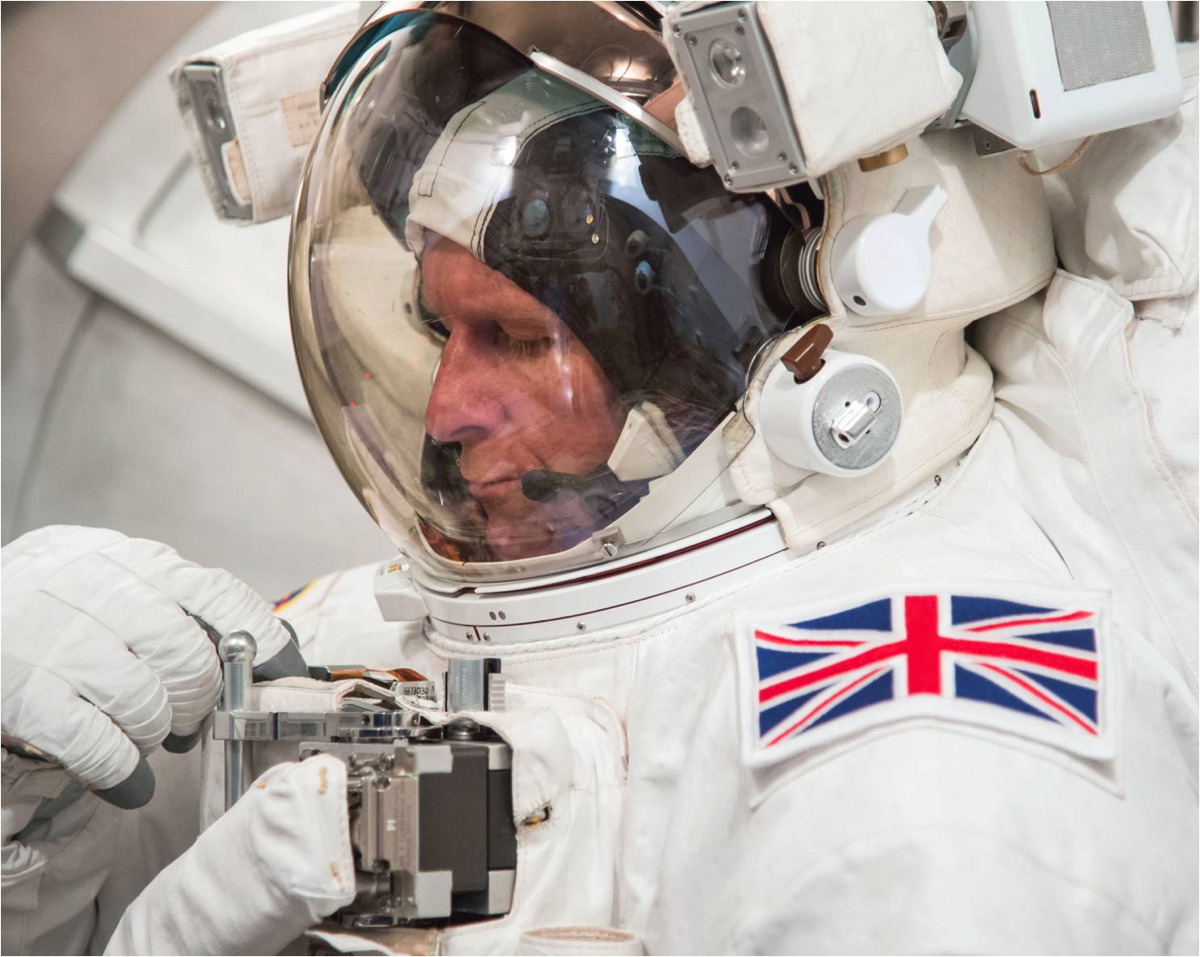
The UK Space Agency has released its National Strategy for Space Environments and Human Spaceflight to detail how it plans to pursue space exploration with humans and robots.
The 16-page strategy document covers a range of scientific and technical disciplines, giving a picture of activities that use the space environment — from fundamental physics and novel materials to healthcare technologies and space science — and sets out the UK's vision for human spaceflight.
A public consultation on the Strategy was conducted last year, following which a government response was published and the draft Strategy revised.
Why a UK strategy?
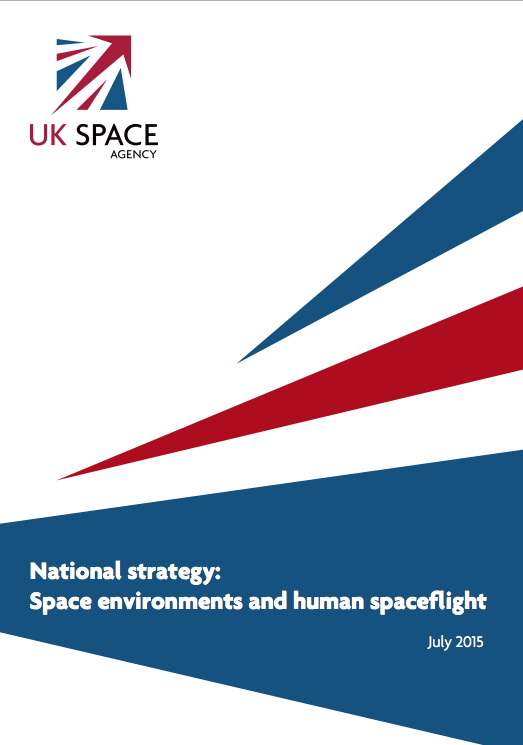
European astronaut Tim Peake, a former British Army helicopter pilot, was selected from thousands of applicants from across Europe to join the ESA astronaut corps in 2009.
Peake's first mission was announced in May 2013 and he is slated to fly on the International Space Station for a six-month mission in November. Peake will become the first UK Government-backed British astronaut, the first British astronaut to visit the ISS and a very visible demonstration of UK ambition for human spaceflight.
As discussed in the strategy document, this upcoming mission to the space station presents an opportunity to showcase leading UK science and technology and a unique focus to inspire people, especially the young into science.
The intent is that UK experiments will improve our understanding of human health here on Earth, as well as the effects of long duration human space travel.
Get the Space.com Newsletter
Breaking space news, the latest updates on rocket launches, skywatching events and more!
To view the UK Space Agency's report, read: UK National Strategy for Space Environments and Human Spaceflight.
Leonard David has been reporting on the space industry for more than five decades. He is former director of research for the National Commission on Space and is co-author of Buzz Aldrin's 2013 book "Mission to Mars – My Vision for Space Exploration," published by National Geographic, with a new updated paperback version to be released in May. Follow us @Spacedotcom, Facebook and Google+. Story published on Space.com.
Join our Space Forums to keep talking space on the latest missions, night sky and more! And if you have a news tip, correction or comment, let us know at: community@space.com.

Leonard David is an award-winning space journalist who has been reporting on space activities for more than 50 years. Currently writing as Space.com's Space Insider Columnist among his other projects, Leonard has authored numerous books on space exploration, Mars missions and more, with his latest being "Moon Rush: The New Space Race" published in 2019 by National Geographic. He also wrote "Mars: Our Future on the Red Planet" released in 2016 by National Geographic. Leonard has served as a correspondent for SpaceNews, Scientific American and Aerospace America for the AIAA. He has received many awards, including the first Ordway Award for Sustained Excellence in Spaceflight History in 2015 at the AAS Wernher von Braun Memorial Symposium. You can find out Leonard's latest project at his website and on Twitter.



